As the U.S/Mexico border divides the city of Nogales into two municipalities (Arizona, Sonora) a third urban zone is created by the very fact of the border itself. This “border zone” reaches for several blocks north into the U.S. and south into Mexico. Here, the impacts of the border are most keenly felt by the residents of both cities as well as the travelers, students, day workers, shoppers and others who routinely cross the border.
Nogales is unique among U.S./Mexico border towns in that both cities run right up to the borderline; no river or natural boundary separates north from south. Instead the border is demarcated by security infrastructure- most notably the fence. The fence, a 30-foot tall rusted iron barrier strewn with coils of razor wire, is the centerpiece of a massive security apparatus. It also serves as an apt metaphor for the anger, resentment and fear felt on both sides of the border.
In the business district shifting economics, politics, and safety issues dictate the types and status of businesses nearest the border. The once thriving tourist district on the Mexican side has largely disappeared and has been supplanted by a proliferation of dental services and pharmacies that undercut American prices. Rows of once grand department stores on the American side have been rebranded to appeal to discount shoppers from Mexico.
As the borderline runs east and west away from downtown, neighborhoods edge into the shadow of the fence. In a display of both ambivalence and resilience the residents near the border live within the dark aura of the fence, its numbered sectors, glaring klieg lights, surveillance towers and 24/7 patrols. Further into each version of Nogales the impacts of the border fade if never quite disappear as neighborhoods assume a more normal urban regimen and where a long history of friendship and acceptance of their border counterparts still abides. (Work in progress...)
Sonora | Arizona






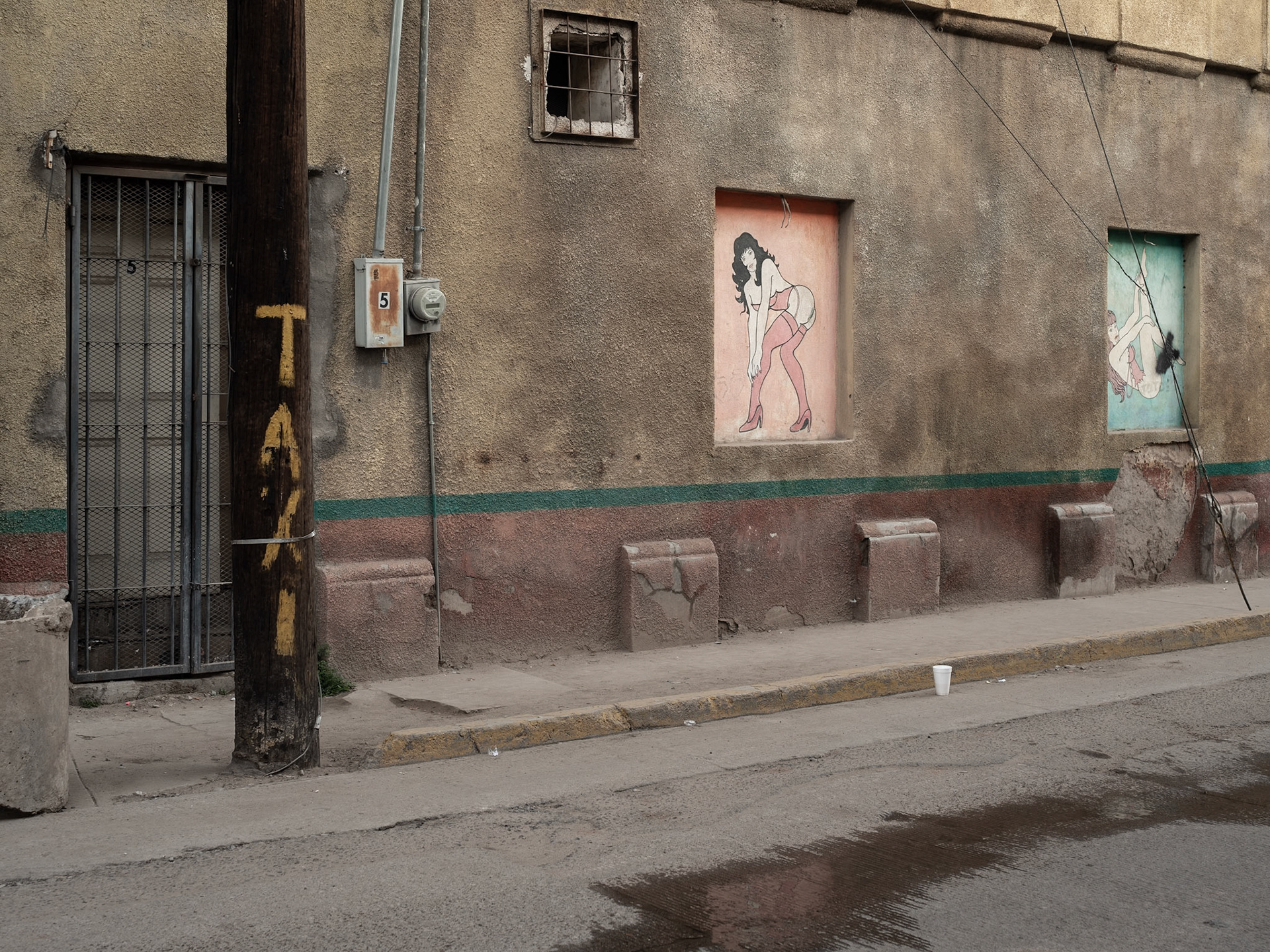

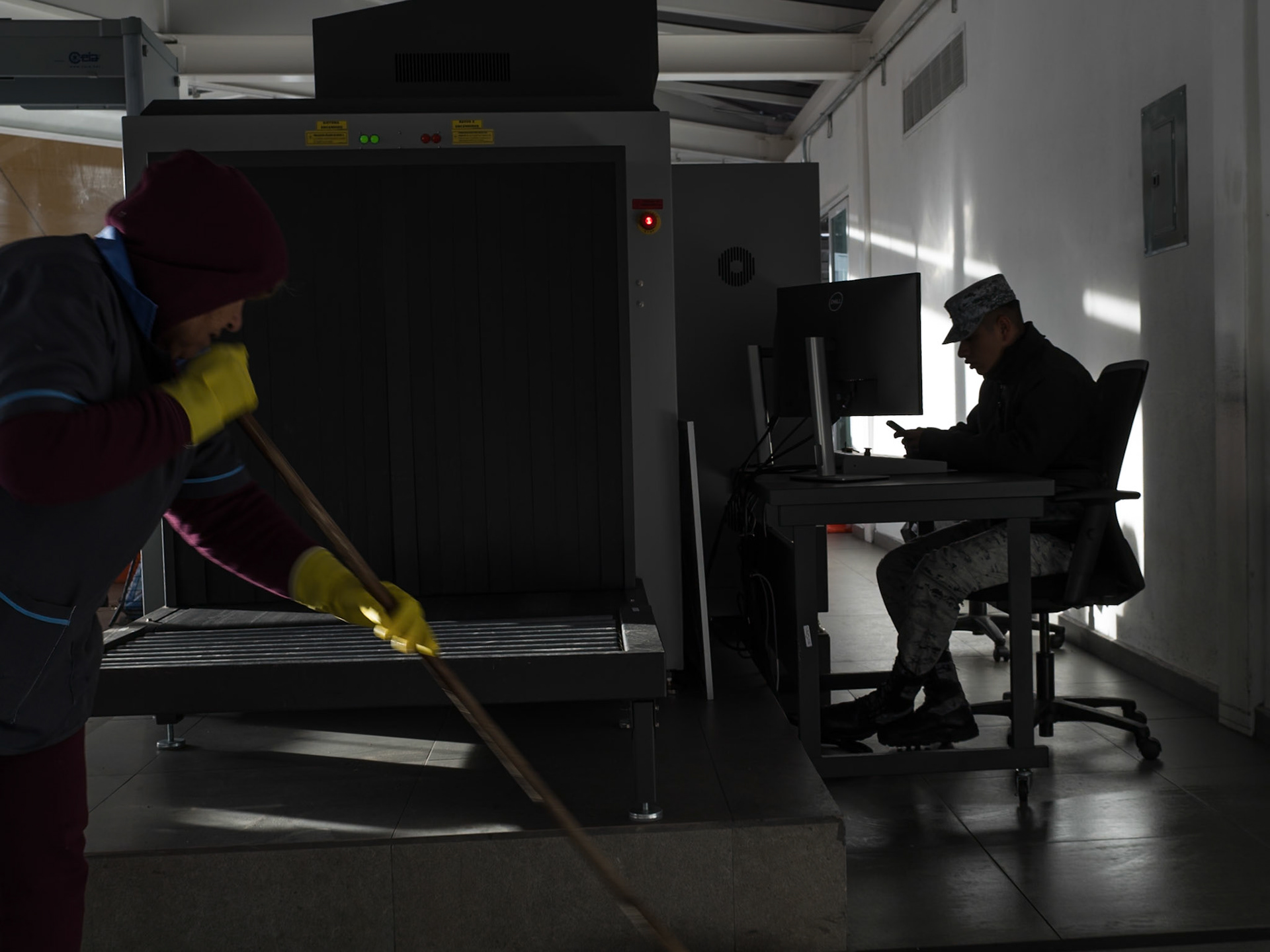
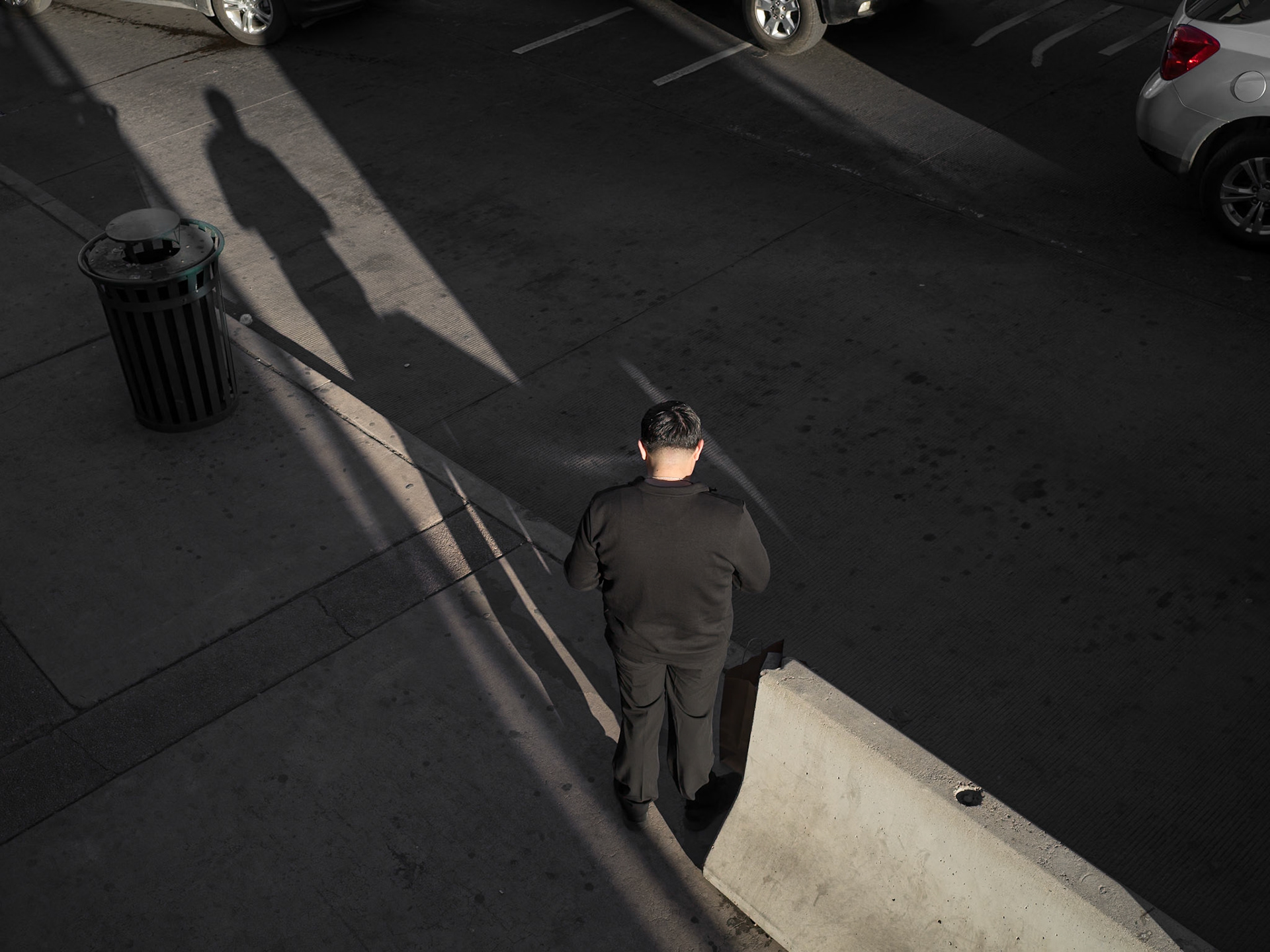

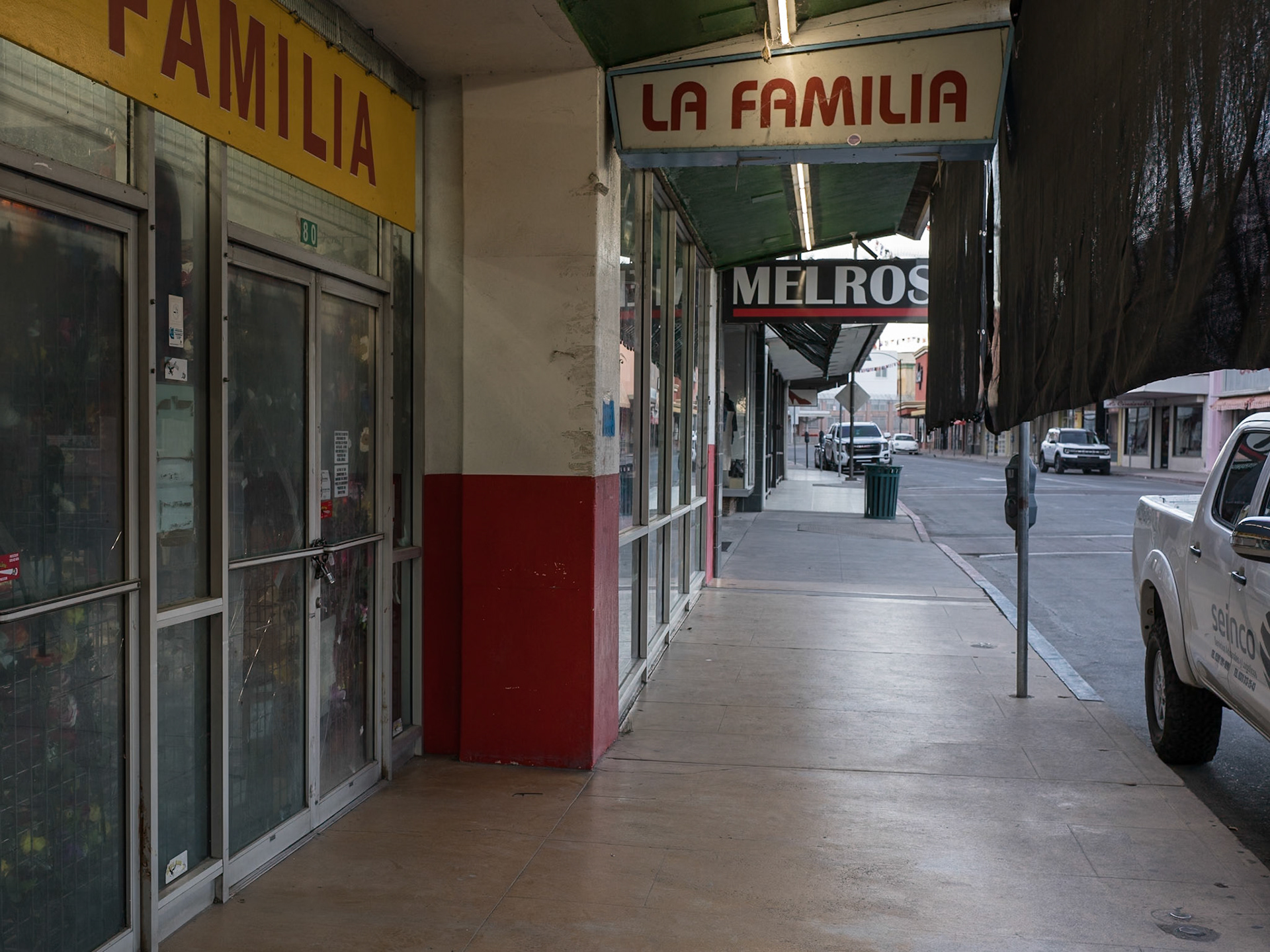




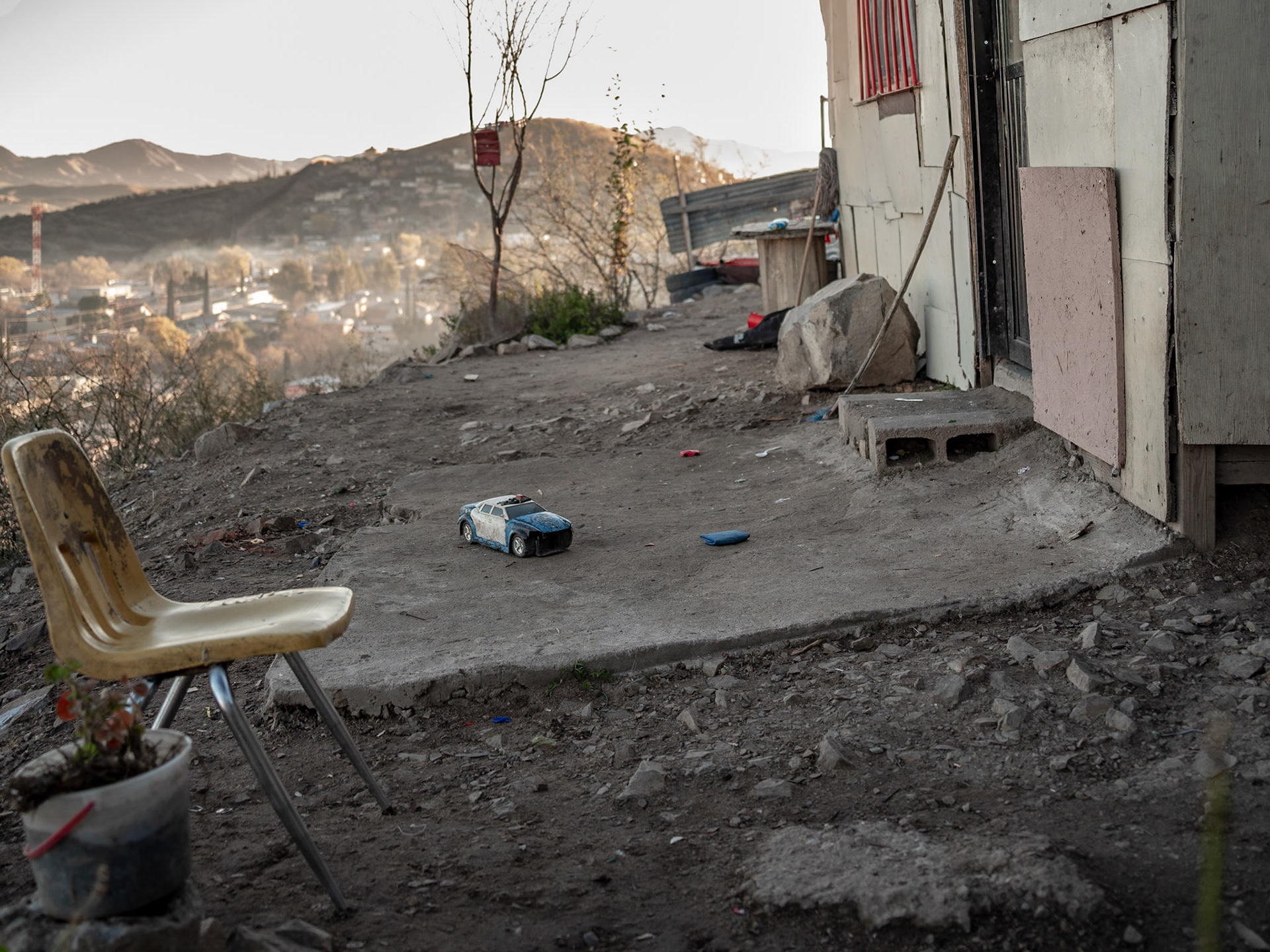
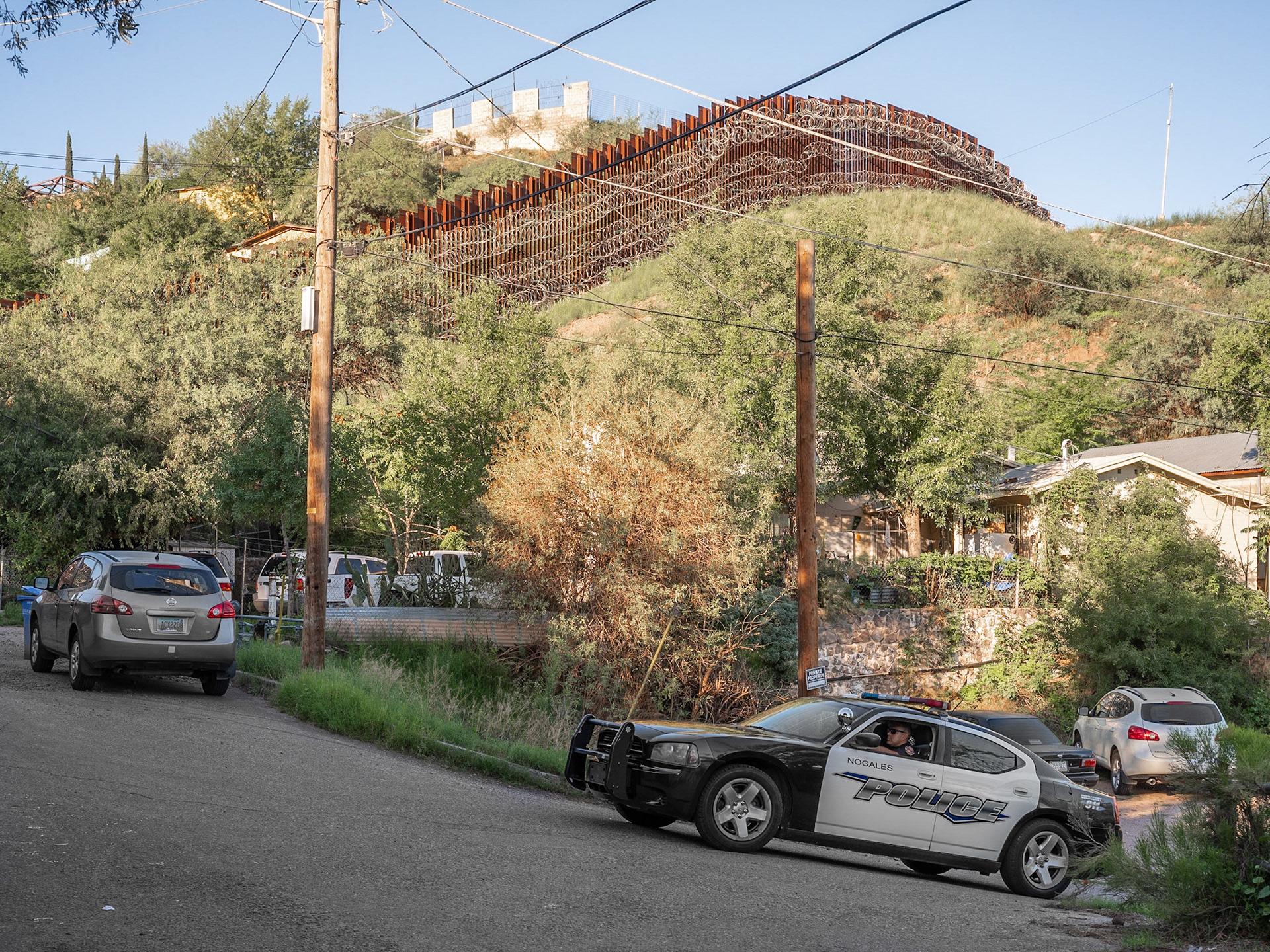



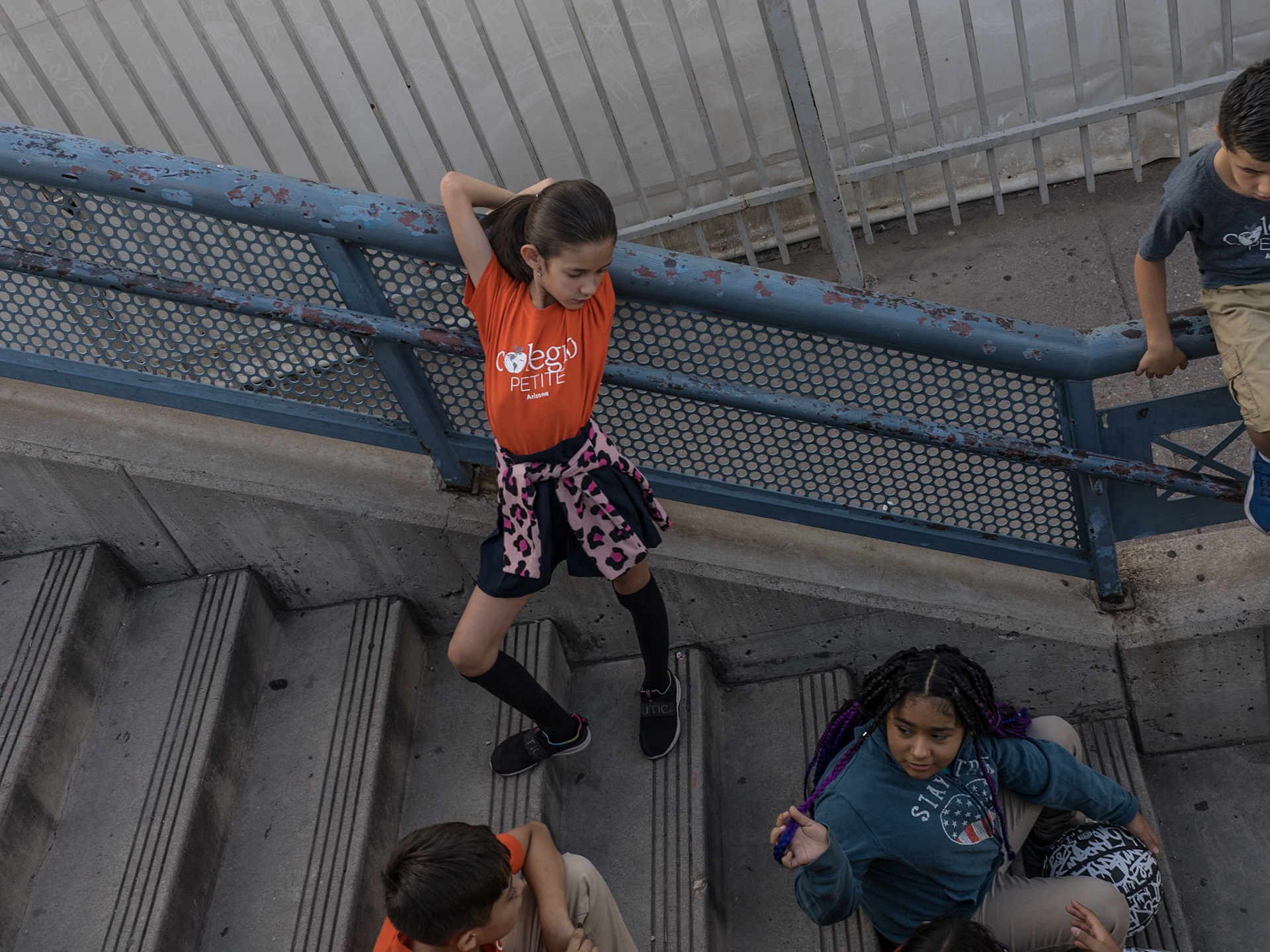
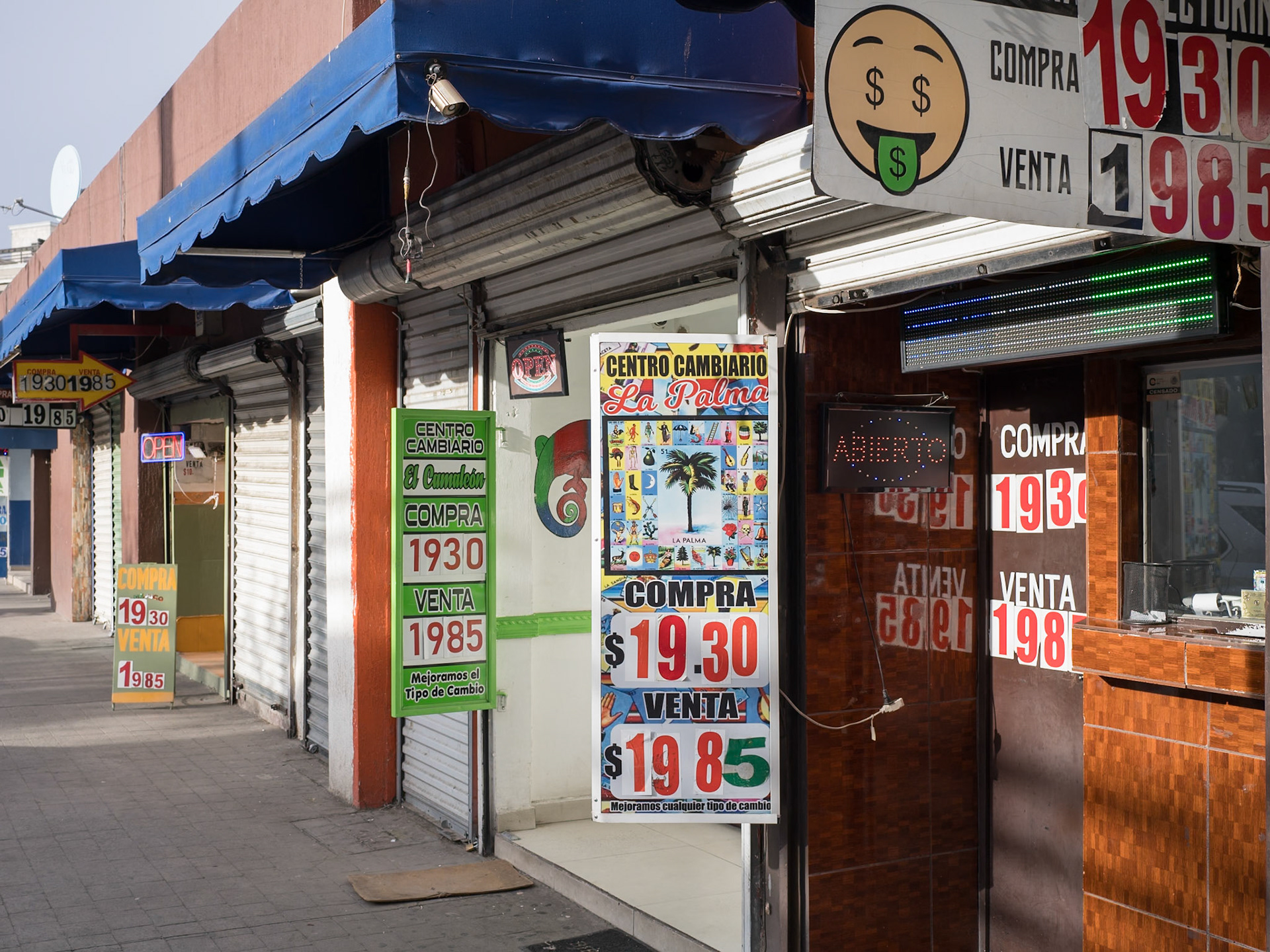











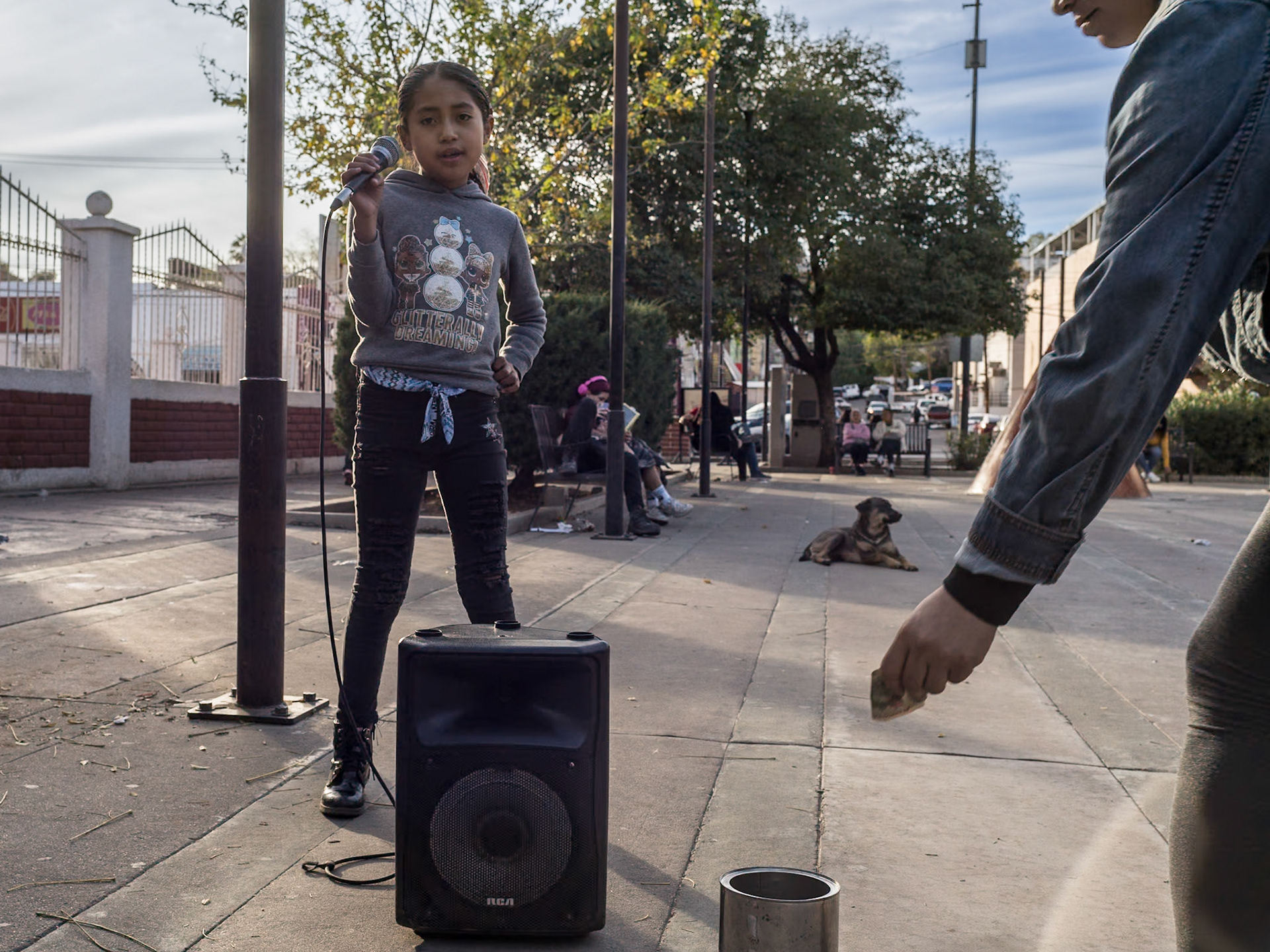

























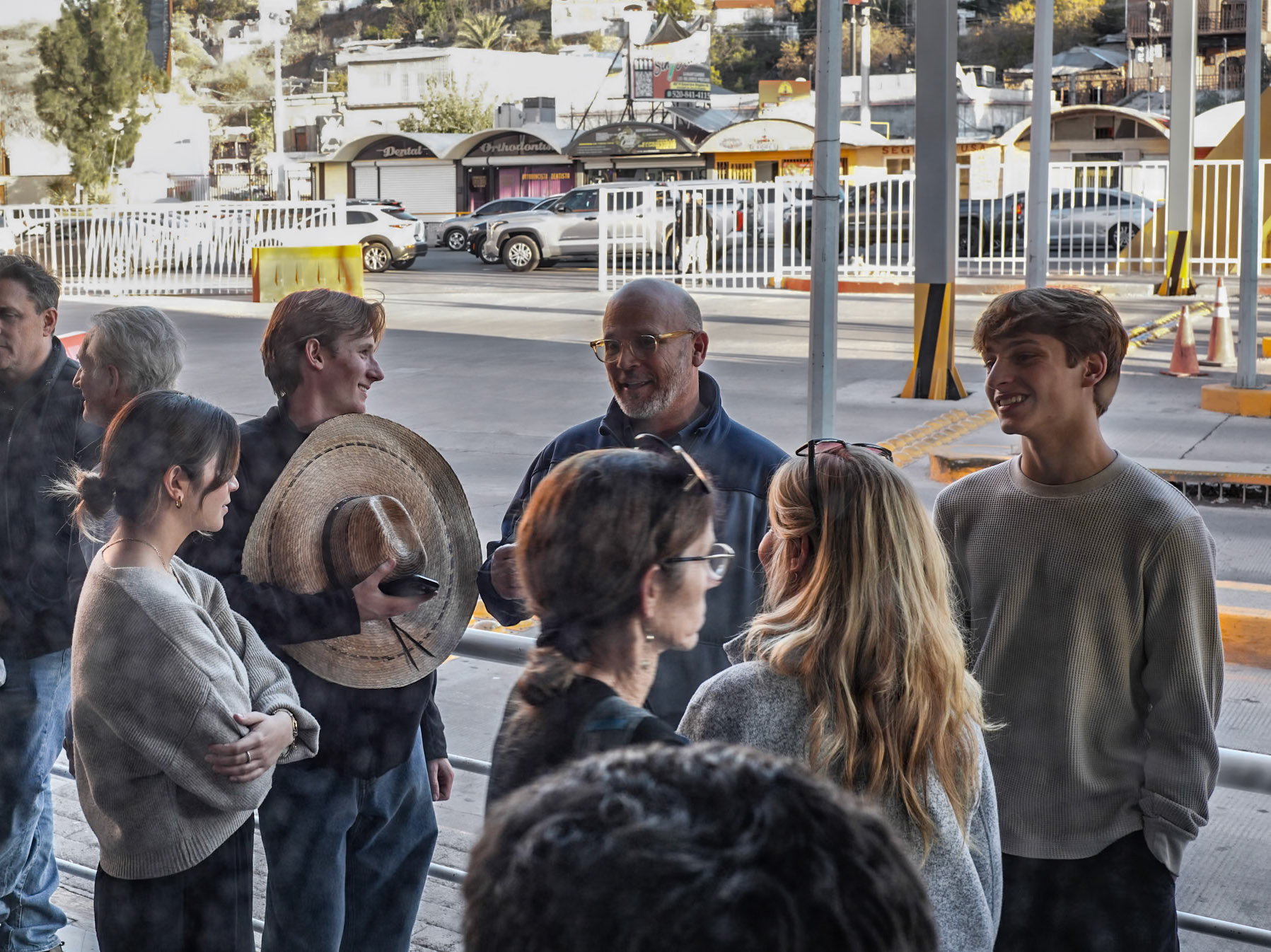




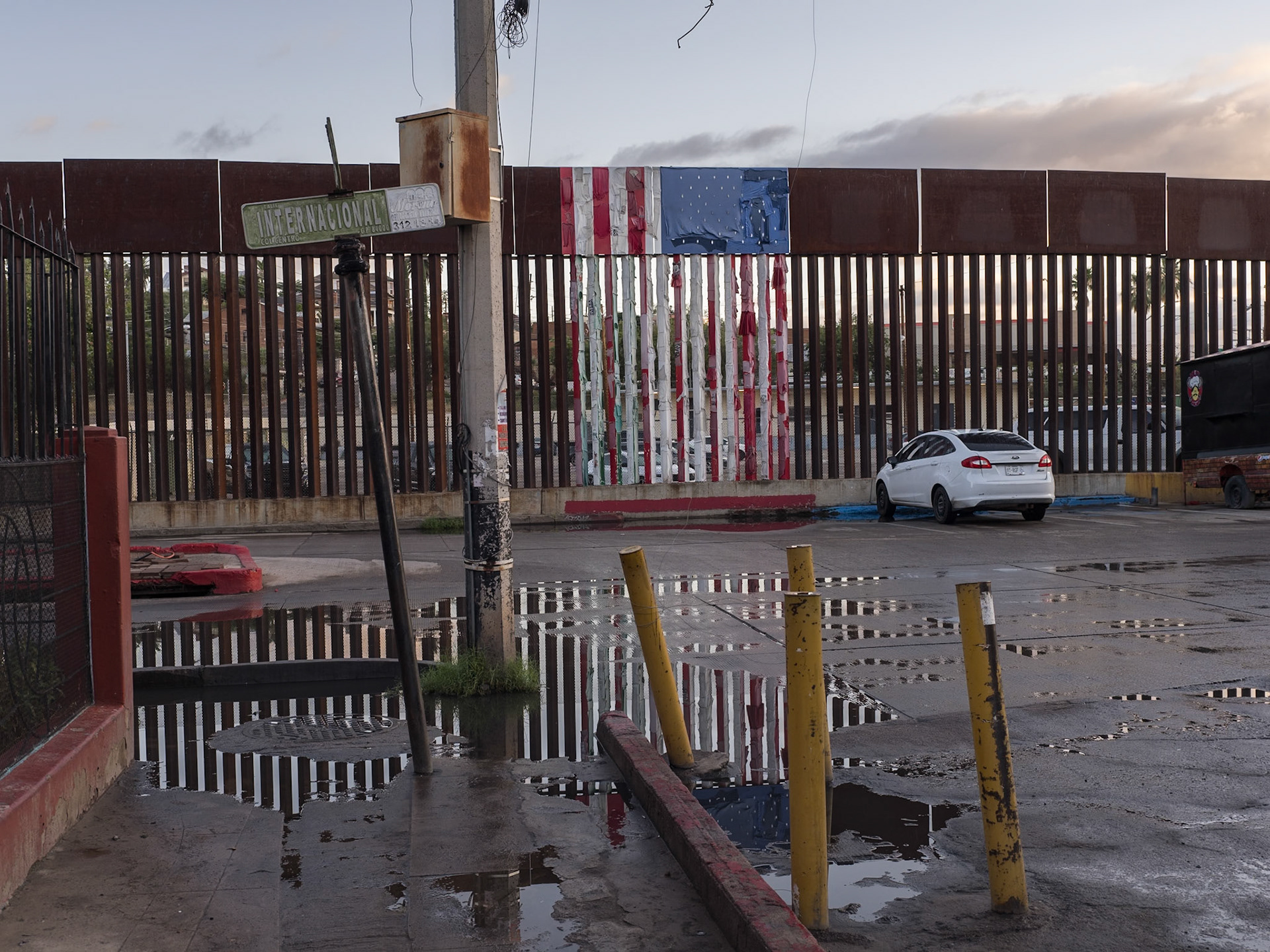
Thanks for your interest.
